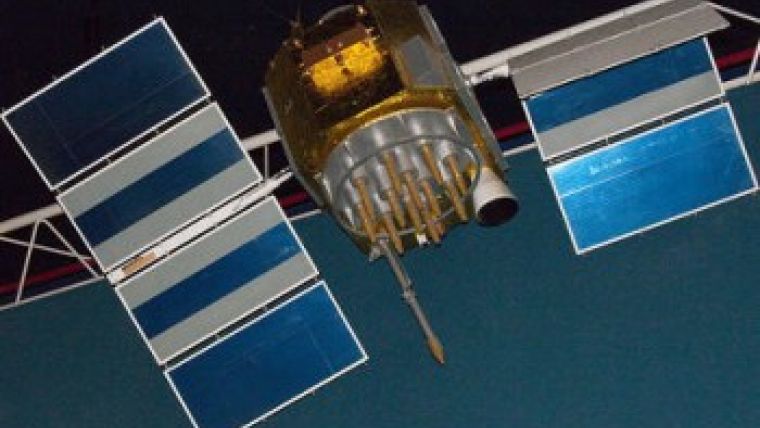Real-time Risk Index for Satellite Operators
Scientists, satellite operators, insurance industry and government officials gathered on 7 February 2014 to discuss the latest advances in forecasting and ‘nowcasting’ that, for the first time, enable ‘real-time’ risk assessment of space radiation damage to Earth-orbiting satellites. The system is a result of the EU-funded SPACECAST project which, for the last three years, has investigated and modelled the physics of high and low-energy electrons and protons in near-Earth space.
The system also provides risk indices for satellite operators of the space radiation in different satellite orbits.
SPACECAST is led by Professor Richard Horne of British Antarctic Survey (BAS). He says that despite all advances in design, satellites are still damaged by space weather. In March 2012 three satellites suffered loss of services for hours during a space weather event. Ten per cent of the entire fleet were malfunctioning during the 2003 ‘Halloween’ magnetic storm. With more than 1000 satellites on orbit the satellite industry, space insurance and Government need real-time information to help them take the necessary measures to protect satellites and the services they provide.
Now, radiation levels can be forecasted for a whole range of different orbits, from geostationary orbit to the slot region, including medium Earth orbit where there is a growth in the number of satellites. The new system, which is updated every hour, will help protect satellites used for navigation, telecommunications, remote sensing and other services.
Space weather
SPACECAST involves researchers from 5 European countries, working in partnership with colleagues in the USA and two European companies. Satellite data, ground-based measurements of the Earth’s magnetic field, and computer models are used to forecast space weather for the region where most satellites orbit the Earth. This is the so-called Van Allen radiation belt – a doughnut–shaped ring of charged particles, trapped within the Earth’s magnetic field – which encircles the planet high above the equator.
Space weather is of intense interest to the UK and US Governments. Millions of dollars have been lost as a result of large magnetic storms in space causing satellite damage. In 2003 a large magnetic storm caused more than 47 satellites to malfunction, including the total loss of a scientific satellite valued at USD640m. The largest magnetic storm ever recorded - the Carrington storm of 1859 - occurred long before society became reliant on satellites for TV, internet, navigation and telecommunications. If such a super-storm occurred again it could have a major impact according to research by the Royal Academy of Engineering, 2013.
Changes on the sun trigger magnetic storms around the Earth, and during the 11-year sunspot cycle the number of moderate to large magnetic storms varies from about 15 to 60 per year or more. The Sun is currently close to sunspot maximum and over the next few years will be entering the declining phase, a period associated with high speed solar wind streams and enhanced levels of space radiation.
The forecast and nowcast of the radiation belt environment are available on the internet together with the associated risk indices for satellite operators. Information on energetic protons at geosynchronous orbit is also provided, including the dose rate and an associated risk index. Satellites continue to operate during space weather events, but given advance warning operators can reduce the risk of disruption by switching off non-essential systems, re-routeing signals, and by re-scheduling orbit manoeuvres and software upgrades.

Value staying current with geomatics?
Stay on the map with our expertly curated newsletters.
We provide educational insights, industry updates, and inspiring stories to help you learn, grow, and reach your full potential in your field. Don't miss out - subscribe today and ensure you're always informed, educated, and inspired.
Choose your newsletter(s)












